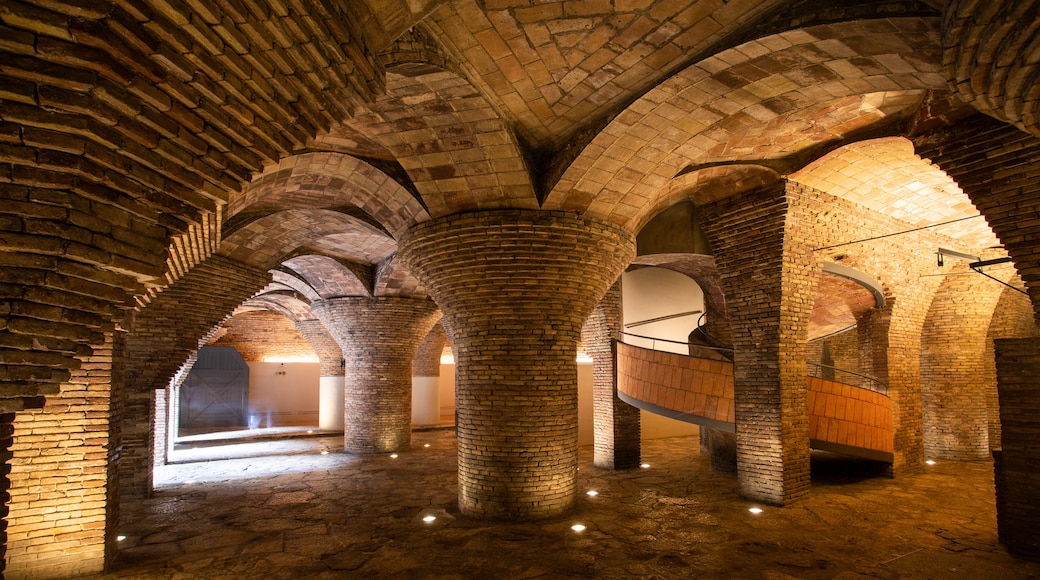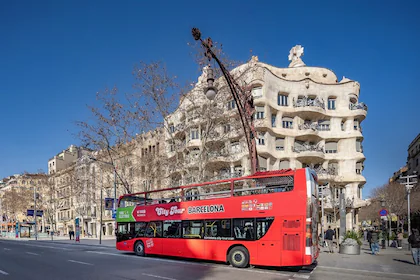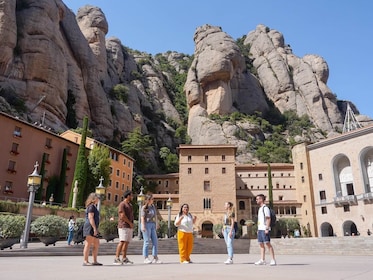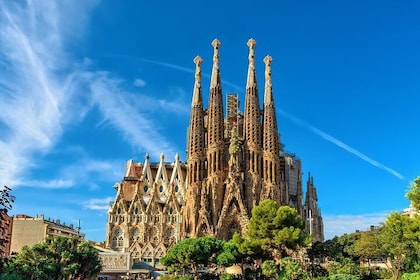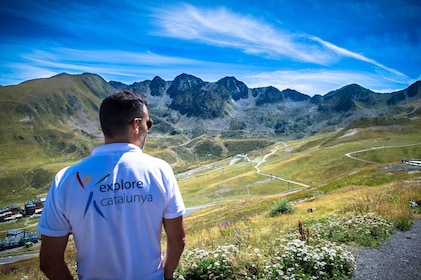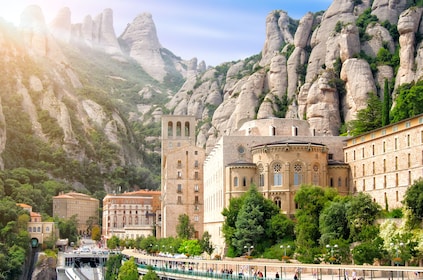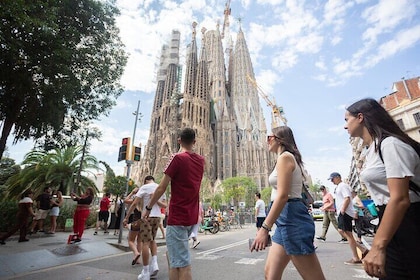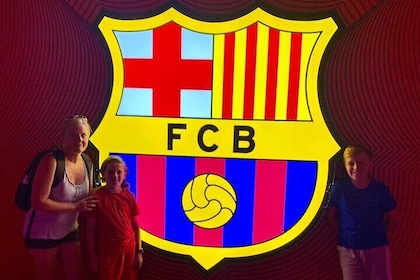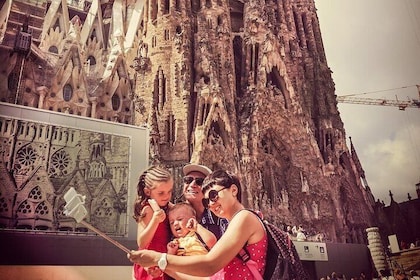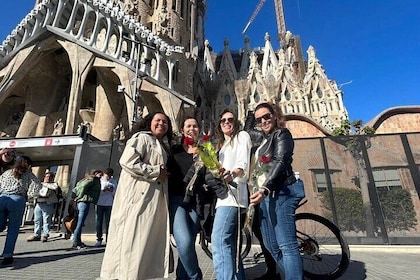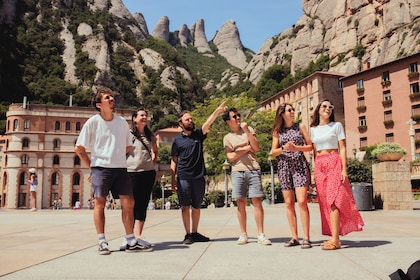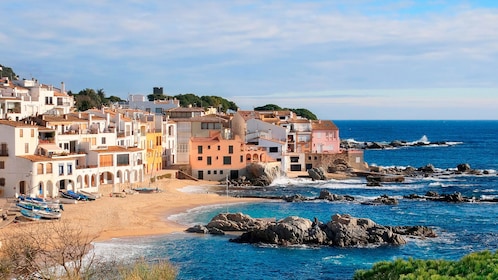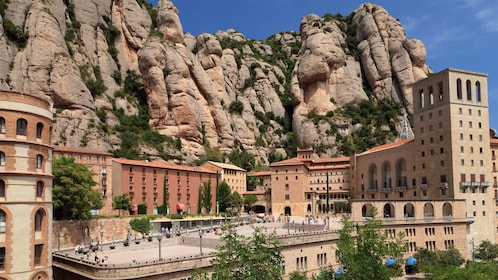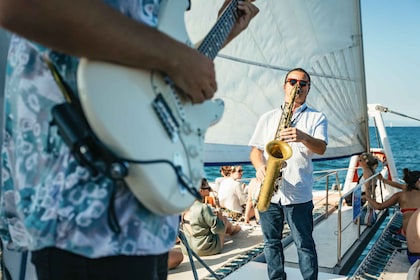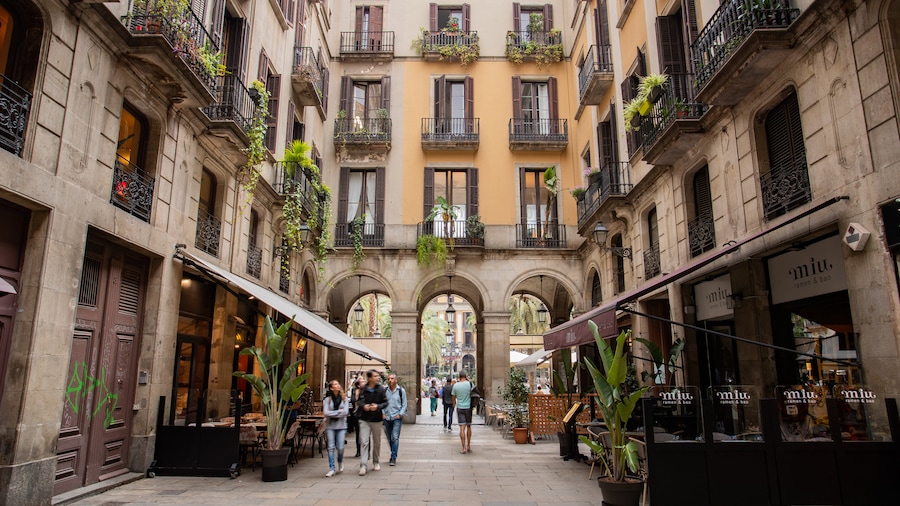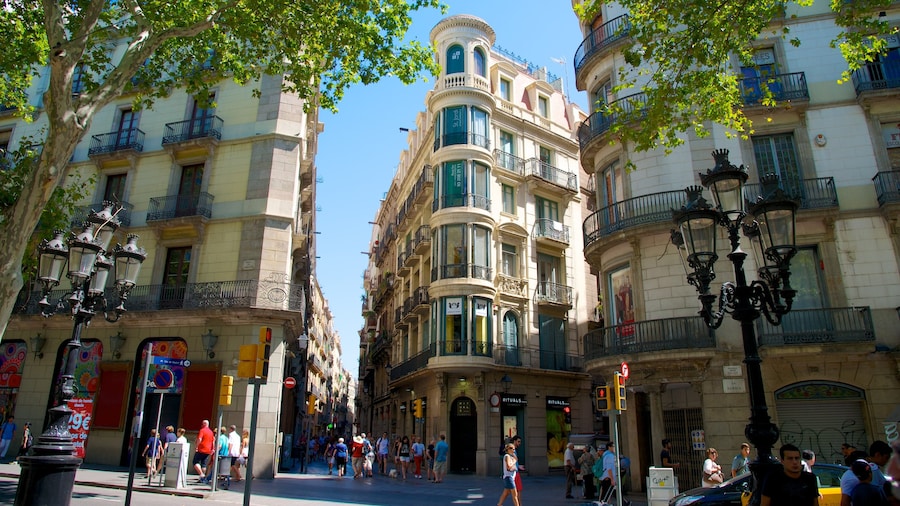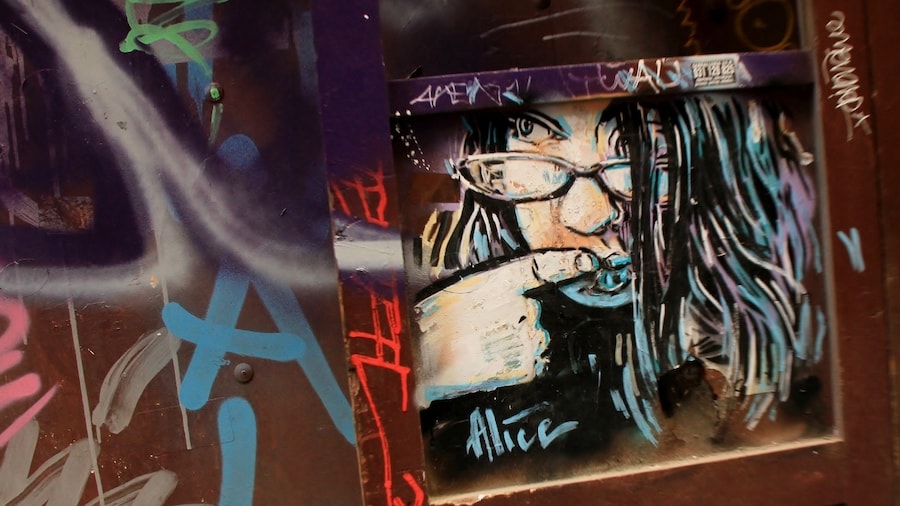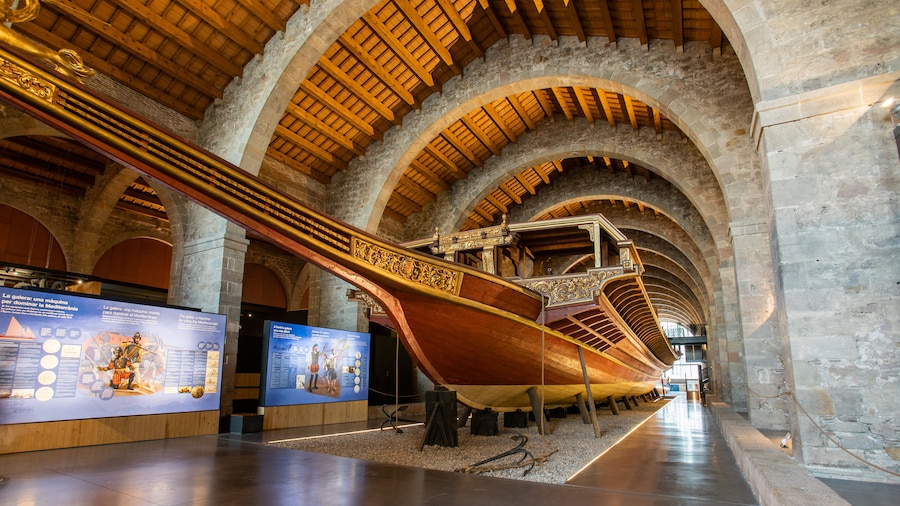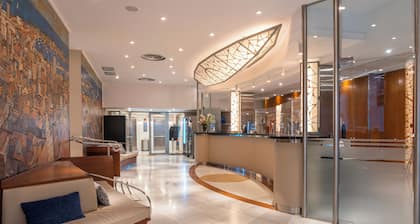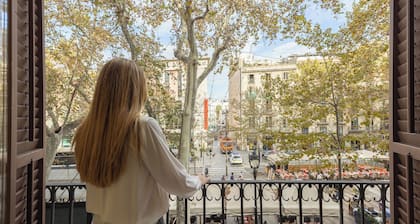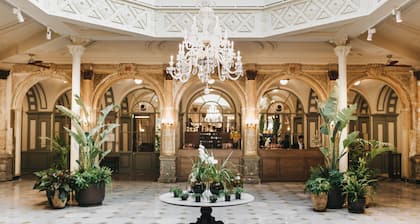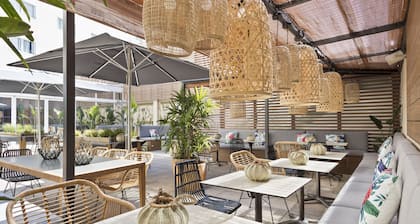The Palau Guell (or Guell Palace) was among the first of Gaudí’s works, built during his early years as he built his reputation and made a name for himself. Yet despite its place in the earlier history of his work, within it, you’ll find some of the trademark features that would make him world famous later on. Admire the detailed design of the glass, ceramics and wrought iron as well as a great sense of space and light. Today, you can take a tour and see the building in all its restored glory.
The mansion was built for a prominent industrialist by the name of Eusebi Guell, who also happened to be Gaudí’s patron. Situated just a short walk from La Rambla in the Raval district, Guell lived here with his wife and ten children at the turn of the 20th century.
Gaudí of course was renowned for involving other artists and craftsman in the process of designing his buildings, and Palau Guell reflects this. On its roof there is a score of idiosyncratic chimneys decorated with colourful tiles and statues. The most famous feature inside the house is the large dome-ceilinged hall designed for the purpose of hosting functions. Even the private rooms that line the 17-metre high hall are impressive.
Only 200 visitors are allowed in the building at any one time, meaning that queues to get in can be pretty long. They tend to be shorter early in the day, so this probably the best time to come. Included in your ticket price is a 40-minute audio guide that takes you into each room and explains the features in detail. If you have children or younger people in your party, there’s also a shorter 20-minute guide available, which will ensure that they get the most out of their visit.
The tour starts in the basement, with its mushroom-shaped columns, which was once used as stables. From here, continue on to the main floor before exploring the bedrooms and family living areas before reaching the impressive great hall.
In the attic, you may find one of the temporary exhibitions held here. The building is closed on Mondays and public holidays in December and January. It’s an easy walk from La Rambla, or you can reach the building by bus or metro.
